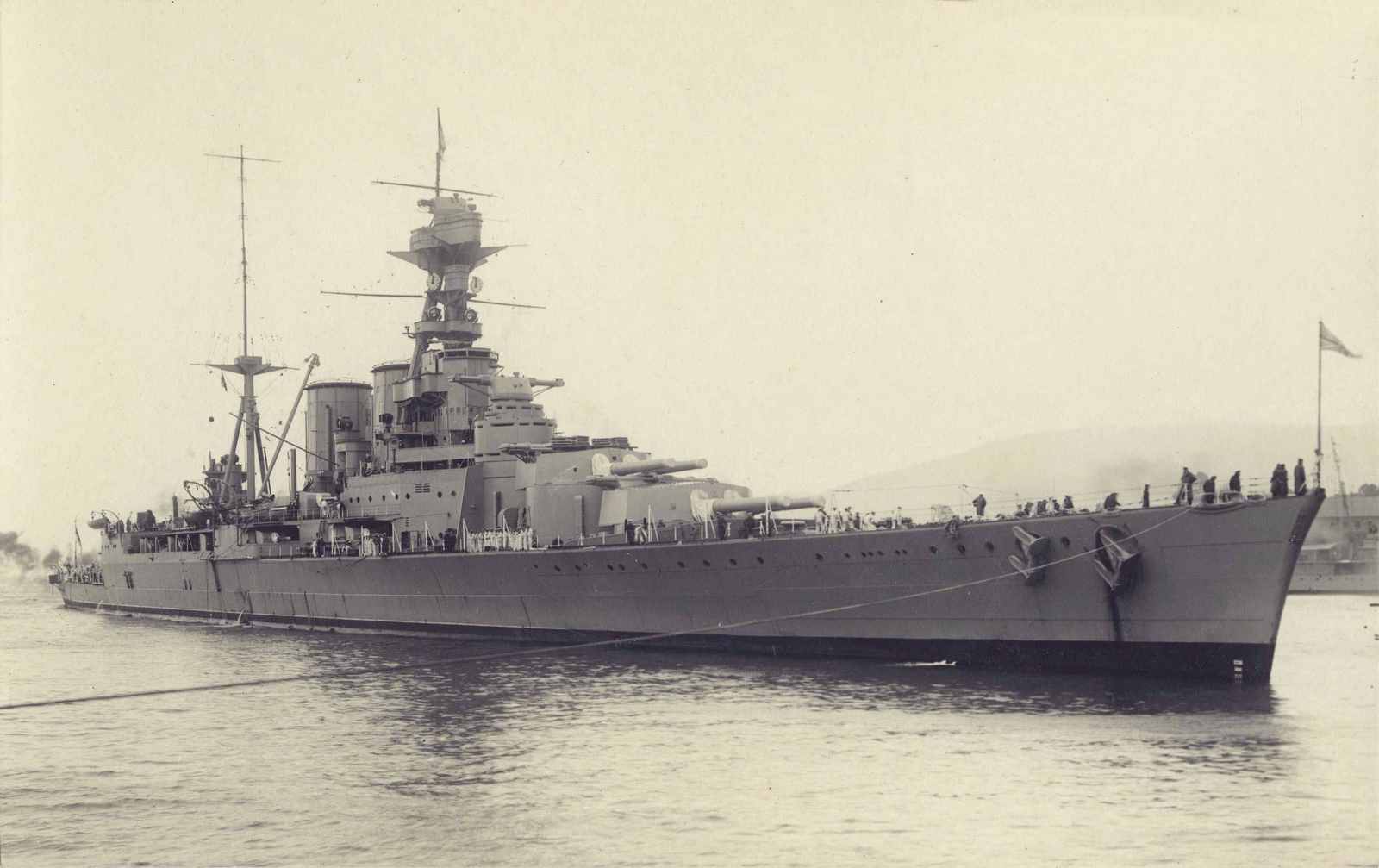
HMS Hood was so much more than a warship; she was the jewel in the crown of the Royal Navy, the embodiment of British naval power for over two decades. When she was lost in the Battle of the Denmark Strait on May 24, 1941, just three of her 1,418 complement survived. The country was shocked. In an instant, blinding and inexplicable, Britain’s most famous warship was lost, and for years the reason was simple: a chance shell from the German battleship Bismarck hit Hood’s magazine and caused an explosive blast.

Contemporary investigations reinforced this account, recalling lessons of the Battle of Jutland in 1916, when British battlecruisers had met similar ends. In the official version, it was Bismarck’s fifth salvo that struck home. Crewmen on board HMS Prince of Wales spoke of a gigantic pillar of fire shooting upwards as Hood dissolved—a vivid image that would take hold of the popular imagination for decades.

But even then, some were not comfortable. Director of Naval Construction at the Admiralty, Sir Stanley Goodall, warned that the “lucky hit” hypothesis was an educated speculation rather than an established truth. He observed irregularities—such as a temporary lag before the explosion—that didn’t quite align with a simple shell impact.

In later years, physicist and metallurgist Martin Lawrence revisited the disaster and offered a new, if provocative, explanation. He theorizes that the devastation of Hood was not necessarily the work of German fire alone. Rather, he maintains, a mechanical malfunction—presumably a cracked propeller shaft worn out from years of operation—might have set the tragedy in motion.

Lawrence cites the testimony of Able Seaman Robert Tilburn, who was one of the three survivors, that Hood “shook with a great vibration” after Bismarck’s second salvo. To Lawrence, such violent shaking conforms to the pattern of internal mechanical disaster rather than a direct shell hit.

His hypothesis has a dire logic. Hood’s inner shafts were running very close to her main magazines, which held more than 100 tons of cordite. A structurally stressed shaft might burst through bulkheads, sending blazing trash into the magazines. A fire starting in the cordite then would cause the enormous explosion that ended the ship. In contrast to the instantaneous destruction implied by official explanations, it would take a minute or two—time for the crew and spectators to see the unfamiliar oscillations before the killing blast.

Skeptics remain unconvinced. They argue that shaking could be explained by near misses or underwater shockwaves. Propeller shafts, they note, usually snap cleanly rather than thrash wildly, and cordite requires intense heat and pressure to detonate. From this perspective, the shaft-failure hypothesis seems unlikely.

What is certain is that by 1941, Hood was no longer the state-of-the-art warship she had once been. Commissioned after World War I, she had served hard for two decades. Wartime pressures delayed major refits, leaving aging machinery that demanded constant care. Between 1939 and 1941, she underwent several dockyard overhauls, yet even senior admirals doubted she could reliably maintain top speed for extended periods.

Eyewitness testimony, such as Tilburn’,s is useful, but war is confusing and memories tend to be untrustworthy in the heat of battle. Officials might have preferred to tell a tale of derring-do combat to one of mechanical breakdown, and Lawrence speculates that national pride might have influenced the story that passed into history.

However, the majority of naval historians and engineers have continued to regard the official explanation as the most believable one: the shells of Bismarck hit Hood’s magazines, and there was an instant and devastating explosion. Other vessels, such as HMS Prince of Wales, did suffer shaft damage during battle, but the key result was flooding—and not immediate destruction.

And yet why does the controversy persist more than eighty years on? Hood’s tale is greater than one battle—it’s a warning to the limits of even the most powerful warships, the ravages of time, and the frailties that will inevitably creep into old age and exhaustion. Whatever her fate, by gunfire from the enemy or an unseen mechanical defect, Hood’s sinking is a salutary reminder that even the most formidable ships are not beyond destruction.
